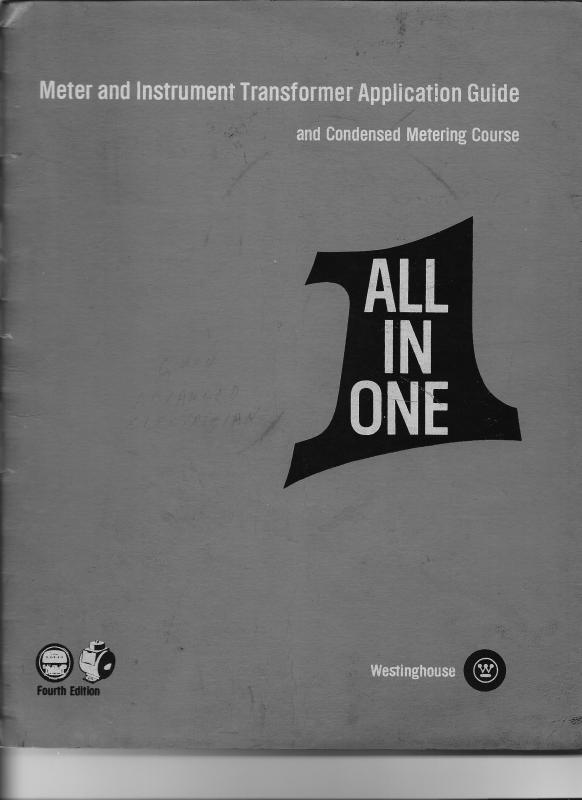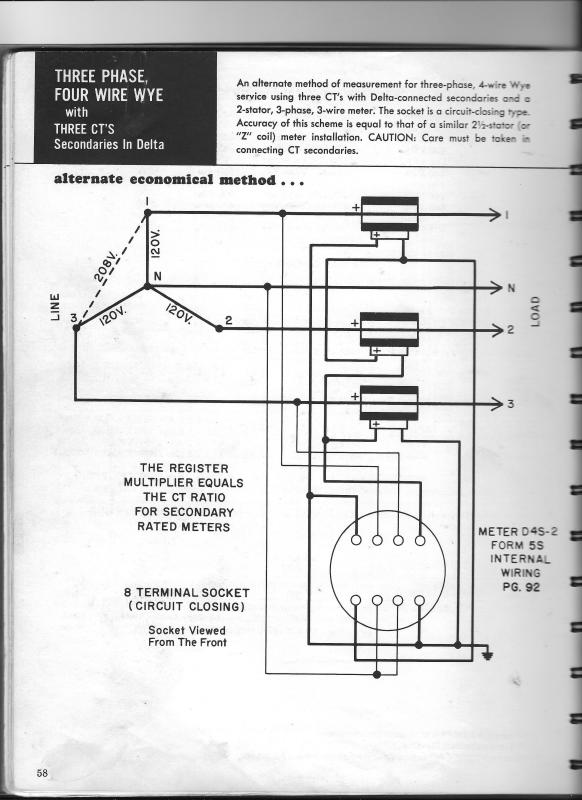davidbeach
Electrical
I saw a case where a set of there CTs had one wye-point jumper removed. The B-phase and C-phase CTs wound up connected non-polarity to non-polarity and the B- and C-phase polarity sides brought into the control house while the A-phase CT had its polarity wire and the wye-point wire brought into the control house. So the current supplied by the A-phase CT would have been a good replica of the primary current, but what would have been seen on the B- and C-phase circuits?
Nothing was open circuited, so no damage from that. But the B- and C-phase CTs each had to have the negative of the current in the other but that's not a replica of what was happening on the primary. Are there any good references for what happens in a situation like this? I'm guessing there would have been a fair amount of saturation during that time but I'm not aware of the math necessary to figure it out. To what extent could this situation influenced the primary current? There were multiple alternate paths for the primary current to redistribute. There was nothing on this CT circuit that had any recording capability so there are no oscillography records to look at.
Thanks.
Nothing was open circuited, so no damage from that. But the B- and C-phase CTs each had to have the negative of the current in the other but that's not a replica of what was happening on the primary. Are there any good references for what happens in a situation like this? I'm guessing there would have been a fair amount of saturation during that time but I'm not aware of the math necessary to figure it out. To what extent could this situation influenced the primary current? There were multiple alternate paths for the primary current to redistribute. There was nothing on this CT circuit that had any recording capability so there are no oscillography records to look at.
Thanks.

![[smile] [smile] [smile]](/data/assets/smilies/smile.gif)

